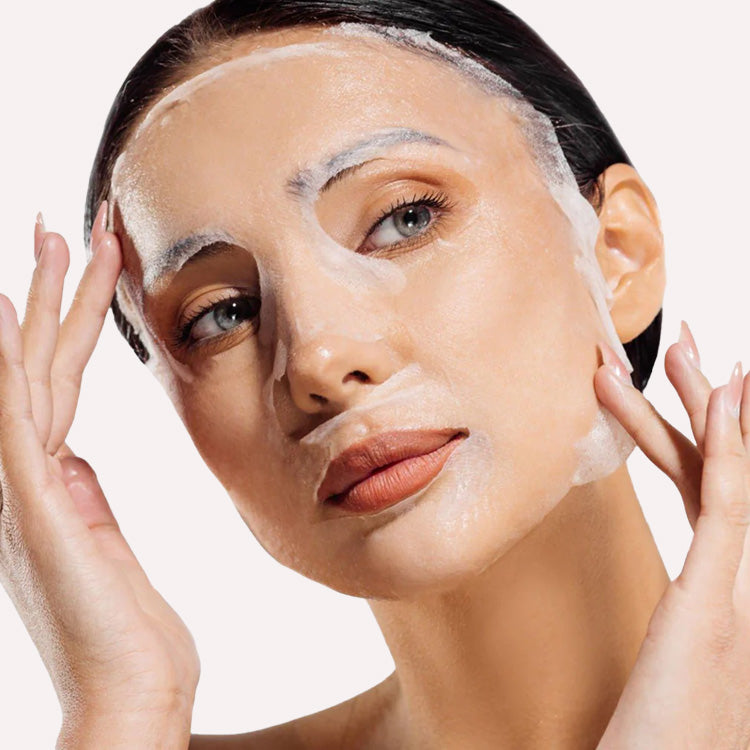The Impact of Side Sleeping on Facial Symmetry
When it comes to achieving a balanced and harmonious look, many people consider various factors, including skincare and makeup. However, an often-overlooked aspect is how our sleeping position might influence facial symmetry. In this article, we will explore the effects of side sleeping on facial symmetry, delving into the science behind it, potential benefits, and ways to mitigate any adverse effects.The Science Behind Sleep Position
Human beings spend a significant portion of their lives sleeping, and the position we choose can have lasting effects on our bodies and faces. Side sleeping, which is a popular position due to its comfort and health benefits, raises questions about how it affects facial symmetry over time. When we sleep on one side, the weight of our head can exert pressure on the side of our face that’s in contact with the pillow. This prolonged pressure may lead to several changes:- Temporary Distortion: Waking up with a temporarily puffy or flattened side of the face is common. This can last for a short while as circulation is restored.
- Skin Creases: Side sleeping can also contribute to the development of sleep lines or creases on the skin. Over time, these lines can potentially become more prominent.
- Asymmetrical Features: Over many years, consistent side sleeping could cause subtle changes in facial contours, leading to a slight imbalance between the left and right sides of the face.
Comparative analysis of Sleep Positions
While side sleeping is widely popular, how does it compare with other sleeping positions regarding facial symmetry? Let's explore the alternatives:- Back Sleeping: This position distributes weight evenly across the head and neck, reducing the risk of pressure-related changes. Essentially, back sleeping promotes a neutral alignment, supporting better overall facial symmetry.
- Stomach Sleeping: This position may not provide the best support for facial symmetry, as it typically involves twisting the neck and placing pressure on the face. The potential for strain and misalignment is enhanced in stomach sleepers, which could lead to more pronounced asymmetry.
Potential Benefits of Side Sleeping
Despite concerns regarding facial symmetry, side sleeping does bring several notable benefits that can compliment one's overall health and wellbeing:- Improved Digestion: Side sleeping, particularly on the left side, can enhance digestion and alleviate heartburn, helping you wake up feeling refreshed.
- Reduced Snoring: This position may also mitigate snoring compared to back sleeping. Snoring can disrupt sleep quality, so side sleeping may encourage deeper and more restorative slumber.
- Better Sleep Apnoea Management: Side sleeping is often recommended for those suffering from sleep apnoea, as it helps keep airways open, promoting better breathing patterns through the night.
Tips to Minimise Facial Asymmetry
For those who prefer side sleeping but remain concerned about its impact on facial symmetry, there are several proactive strategies for minimising potential issues:- Invest in Quality Pillows: Consider using a thicker, supportive pillow that keeps your head and neck in alignment while minimising pressure on your face. Materials like memory foam can contour appropriately.
- Switch Sides: Allowing your face to rest on the other side periodically during the night can help distribute pressure evenly and reduce the risk of long-term asymmetry.
- Skincare Routine: Implement a dedicated skincare routine that includes products designed to encourage skin elasticity and hydration. This can help combat the effects of pressure on your skin.
- Facial Exercises: Engaging in facial exercises can promote balance and symmetry over time, enhancing your overall appearance while fostering healthier skin.




















